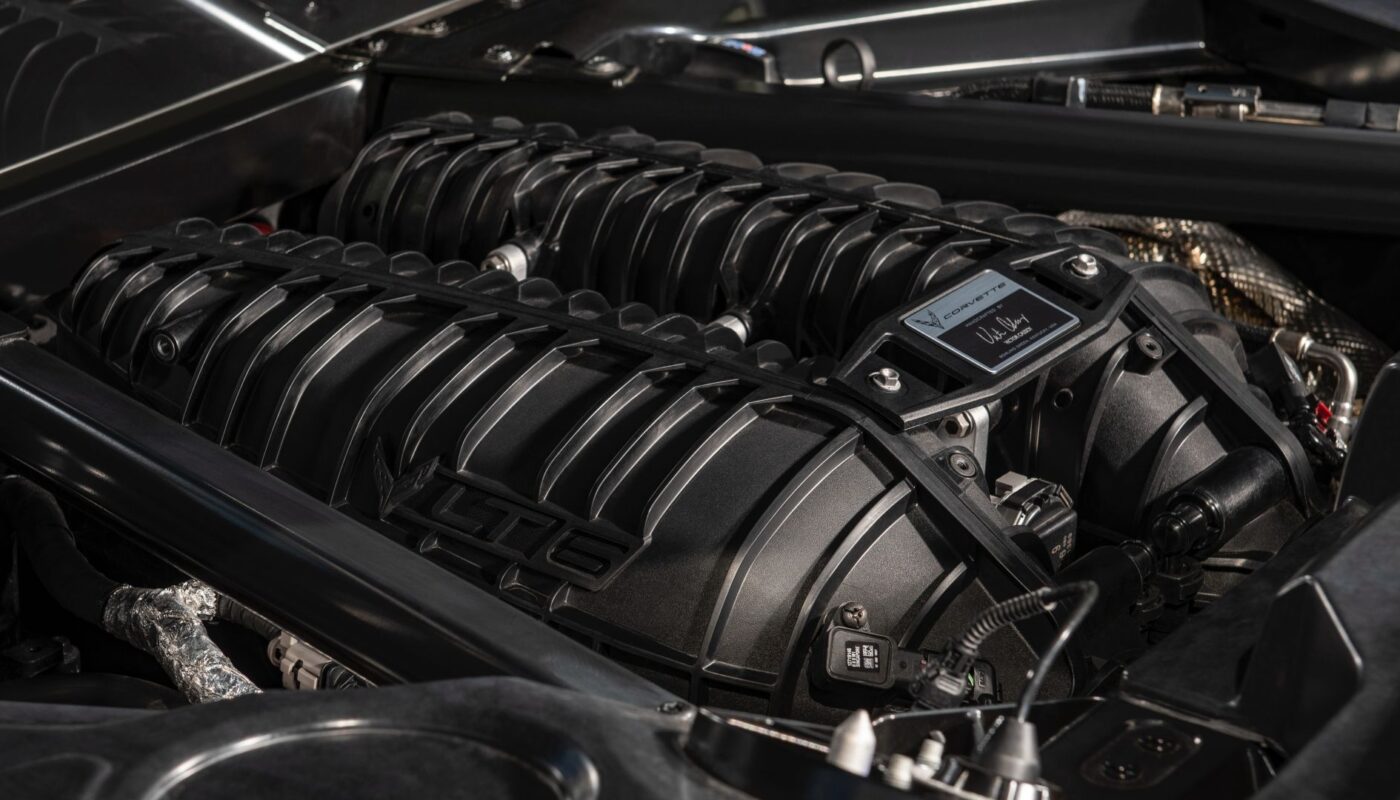One could say that the Corvette was conceived out of necessity. Until, its debut in 1953, America did not produce any sports cars. Car buyers in the United States were almost always inclined towards the purchase of family vehicles. Sports cars were primarily the preserve of European automakers. General Motors, which owns Chevrolet, discovered a niche in the market and decided to pursue it.
The first generation debuted as a concept car in General Motors Motorama in January 1953. The General Motors Motorama was an auto show staged by GM from 1949 to 1961 in order to create excitement for its motor vehicles. The concept car’s debut at the auto show created enough interest for Chevrolet to begin production of the Corvette in June of that year. And, just like that, the Corvette C1, America’s first sports car was born.
Reception for the C1 was underwhelming to say the least. American car buyers did not find the Convertible-only C1 interesting. This could be partly because the sports car did not necessarily handle like the popular European models and the inline V-6 engine produced a dismal 150 horsepower. Chevy later improved the power and speed of the Corvette by fitting the now-famous V-8 engine.
At the same time, Chevy limited the production of Corvettes with the V-6 engine. The Small-Block V-8 became a popular option. Interest in the Corvettes spiked as the Corvette’s power was increased to deliver 195 horsepower. By the time production for the C1 was coming to a close in 1962, Chevy had improved the V8 engine’s power to 360 horsepower.
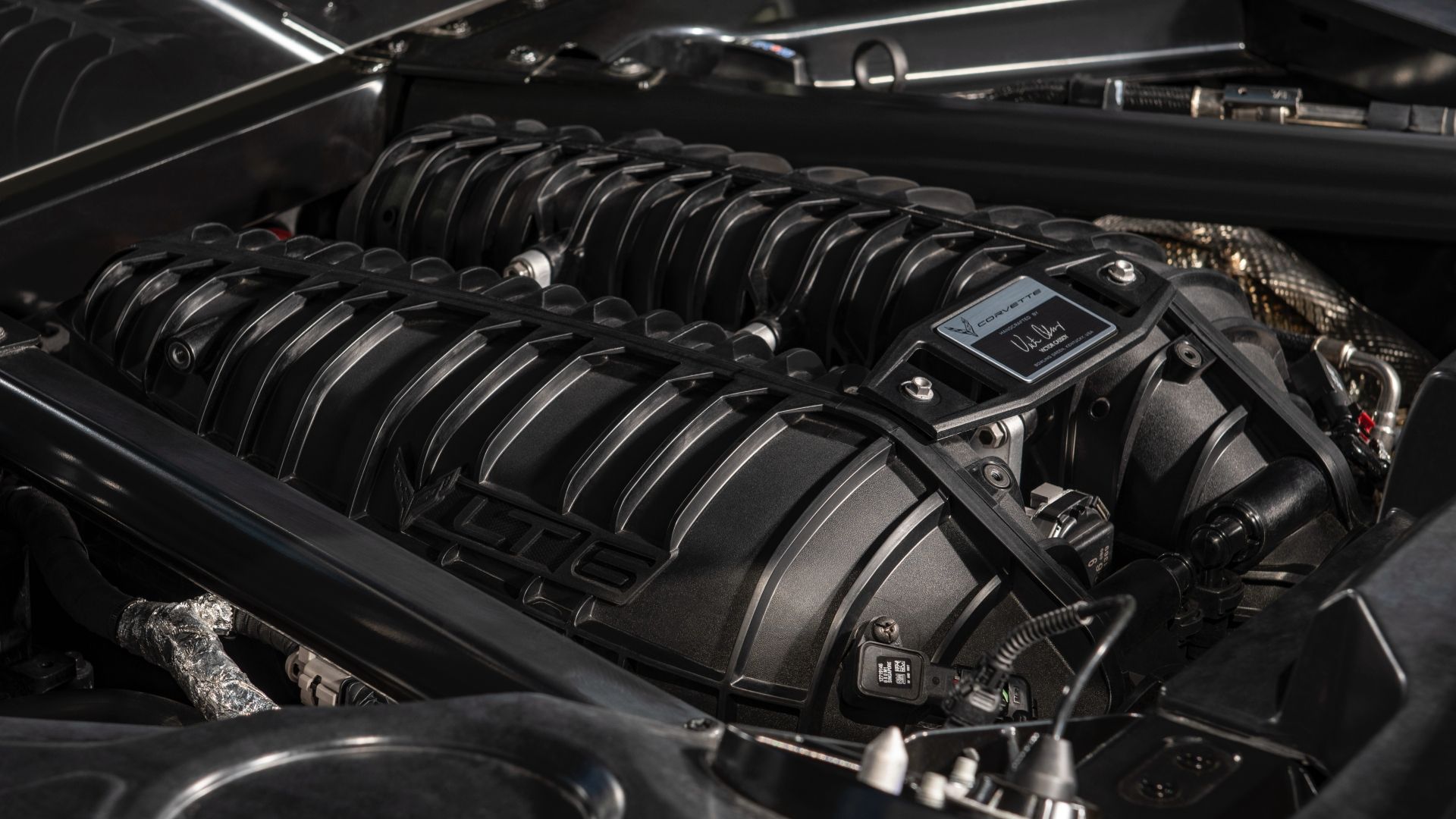
Although sales for the C1 model were not impressive, Chevy went ahead and continued to improve the sports car’s power and performance. The decision to fit the small-block V8 engine on the later models of the C1 was a genius. The V-8 provided more power and speed and all of a sudden there was interest in the vehicle from car buyers.
‘Small-block’ refers to the smaller size of the V-8 engine compared to the size of the conventional Chevrolet big-block engines. V-8 engines have powered Corvettes until today. Furthermore, the small-block engine was the beginning of the Corvette’s signature crackling sound when the car started.
Sadly, the automotive world is turning away from high displacement, naturally aspirated engines as governments tighten vehicle emissions regulations. Automakers are opting for smaller engines with turbo and superchargers or complementary hybrid systems to produce power and speed. The era of glorious engine sounds and unbelievable steady power that was a feature in supercars is surely coming to an end.
But, thanks to the Chevrolet Corvette C8, that era is not quite gone just yet. The latest iteration of the Corvette, the C8, is still powered by the gorgeously sounding naturally aspirated V-8 engine. The 6.2-liter LT2 crossplane crank engine, mated to an equally impressive eight-speed dual-clutch transmission, has a maximum power output of 495 horsepower and 470 pound-feet of torque. All this power translates to a zero to 60 miles per hour time of 2.9 seconds and 11.2 seconds for the standing quarter mile. The new Corvette has a maximum speed of 194 miles per hour.
The all-new 5.5-liter flatplane crank V-8, found in the C8 Z06, is on another level offering 670 horsepower and 460 pound-feet of torque. The LT6 isn’t just powerful, but it’s spine tingling soundtrack can easily give any European exoric car a run for its money.
8 Evoultion Of Corvette’s Beautiful Design
Corvettes have always been gorgeously styled sports cars. But, there are some models with which, Chevy really knocked it out of the park when it comes to aesthetics. Here are a few examples of the most uniquely designed Corvettes.
The C2 Stingray
The second-generation (C2) Corvettes that were made from 1963 to 1967 are particularly desirable today because of their unique styling. The body’s design was a departure from the smooth curves and rounded headlights that were a feature of the C1. Chevy employed sharper lines and angles with a shark-like front bumper with hidden headlights.
Scaglietti Corvette
This was a concept car that was conceived with the idea of creating a car with an Italian design and chassis with the mechanical components of an American car. It was Carroll Shelby, who was tasked with one of his friends to oversee the implementation of the project. Only three examples of the Scaglietti Corvette were produced because of the mismatch between the Italian styling and the American mechanics. Additionally, Shelby faced a lot of pressure from General Motors and Ferrari to halt the project.
Mako Shark Corvette
The concept car was developed by Larry Shinoda under the guidance of the then-head of design, Bill Mitchell. The car made rounds in auto shows in 1962 and was a success in creating anticipation for later Corvettes. Many style elements of the Mako went into the C3 and could have been attributed in part to the success of the model. Honorable mentions in the incredible concept design category include the 1977 Aerovette concept and the 2009 Corvette Stingray concept.
Corvette C8
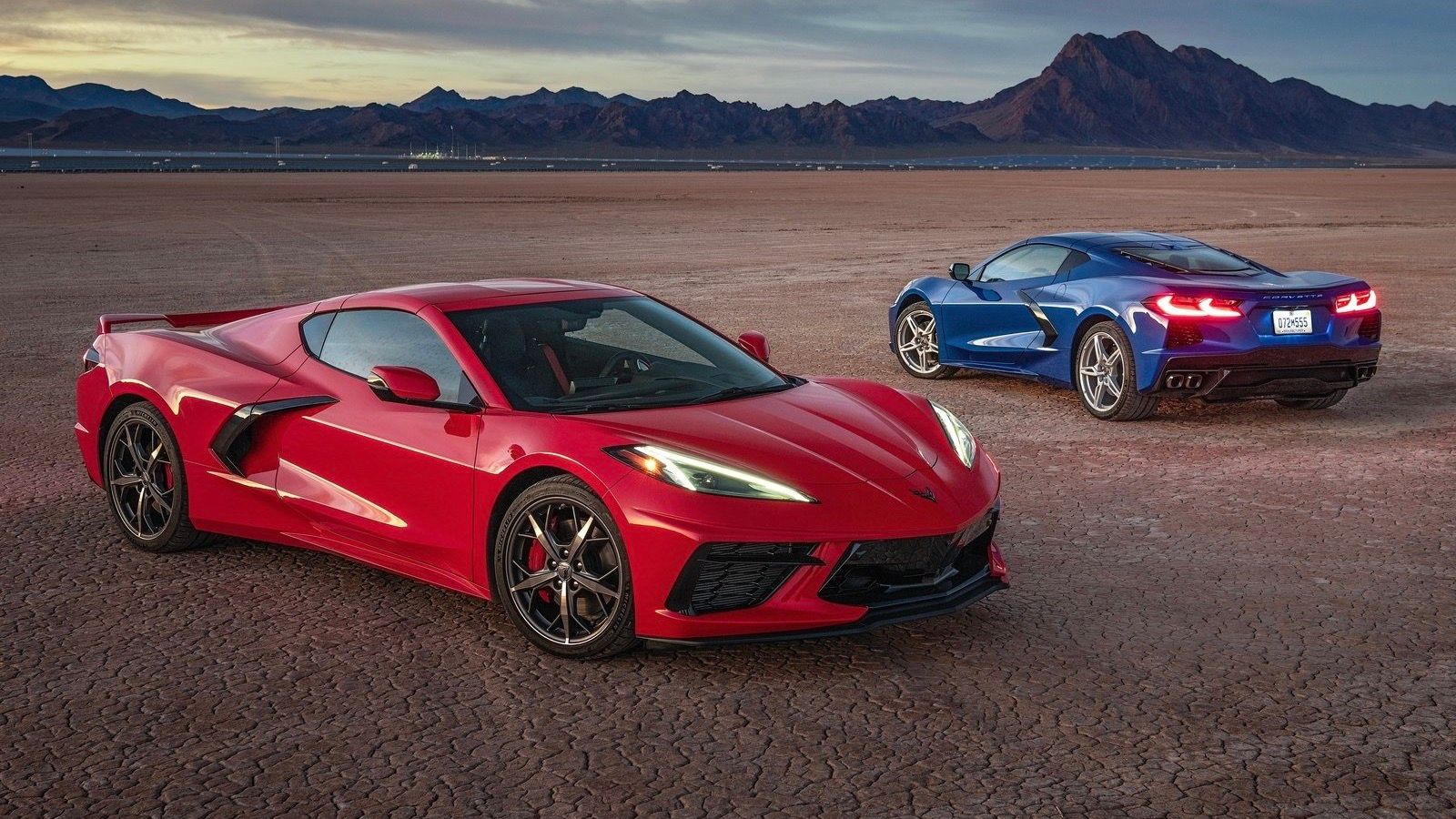
Fast forward to today and the current mid-engined C8 Corvette has aggressive angular lines and creases to emphasize its sportiness. But, Chevy ensured that the overall racing-focused design works well from an aesthetic point of view. European supercar enthusiasts have sometimes called the design unrefined. This narrative feeds into the age-old stereotypes that European build quality is better than America’s. That narrative might have been true at some points in automotive history, but today’s Corvette is slowly debunking such stereotypes.
7 Corvette’s Rich Racing History
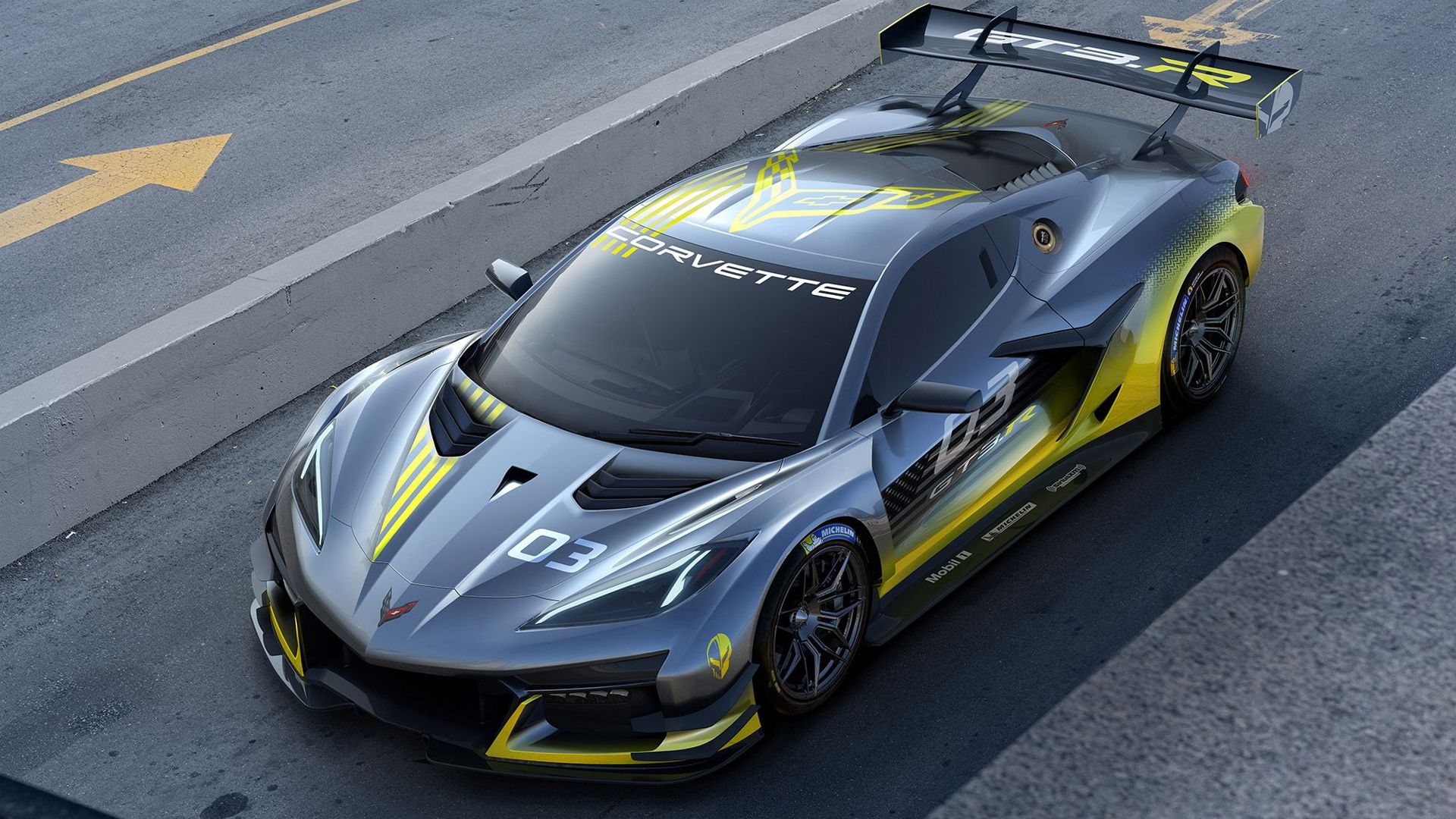
Chevy Borrowed philosophy of ‘win on Sunday, sale on Monday’ popularized by Ferrari to create excitement for Corvettes. As part of its plan to ensure interest among car buyers in America, Chevy began racing corvettes after the introduction of the V-8 engine, and the Corvette race cars had instant success. This marketing strategy worked and as Chevy tweaked and improved the engine of the road-legal Corvettes, more and more car buyers opted to buy the sports car.
The 1960 24 Hours of Le Mans saw three C-1s come in at number one, two, and three. Between 2005 and 2009 C6.Rs (inspired by the C6) clinched four consecutive ALMS GT1 team and manufacturers titles (2005–2008) and three Le Mans 24 Hour class victories in the LMGT1 class. In 2015, the Corvette Racing C7.R took class victories at both the 24 Hours of Daytona and the 24 Hours of Le Mans. Chevy is also associated with the Indianapolis 500 and has provided Corvettes as pace cars 18 times between 1978 and 2020.
6 The Insanely Powerful Corvettes
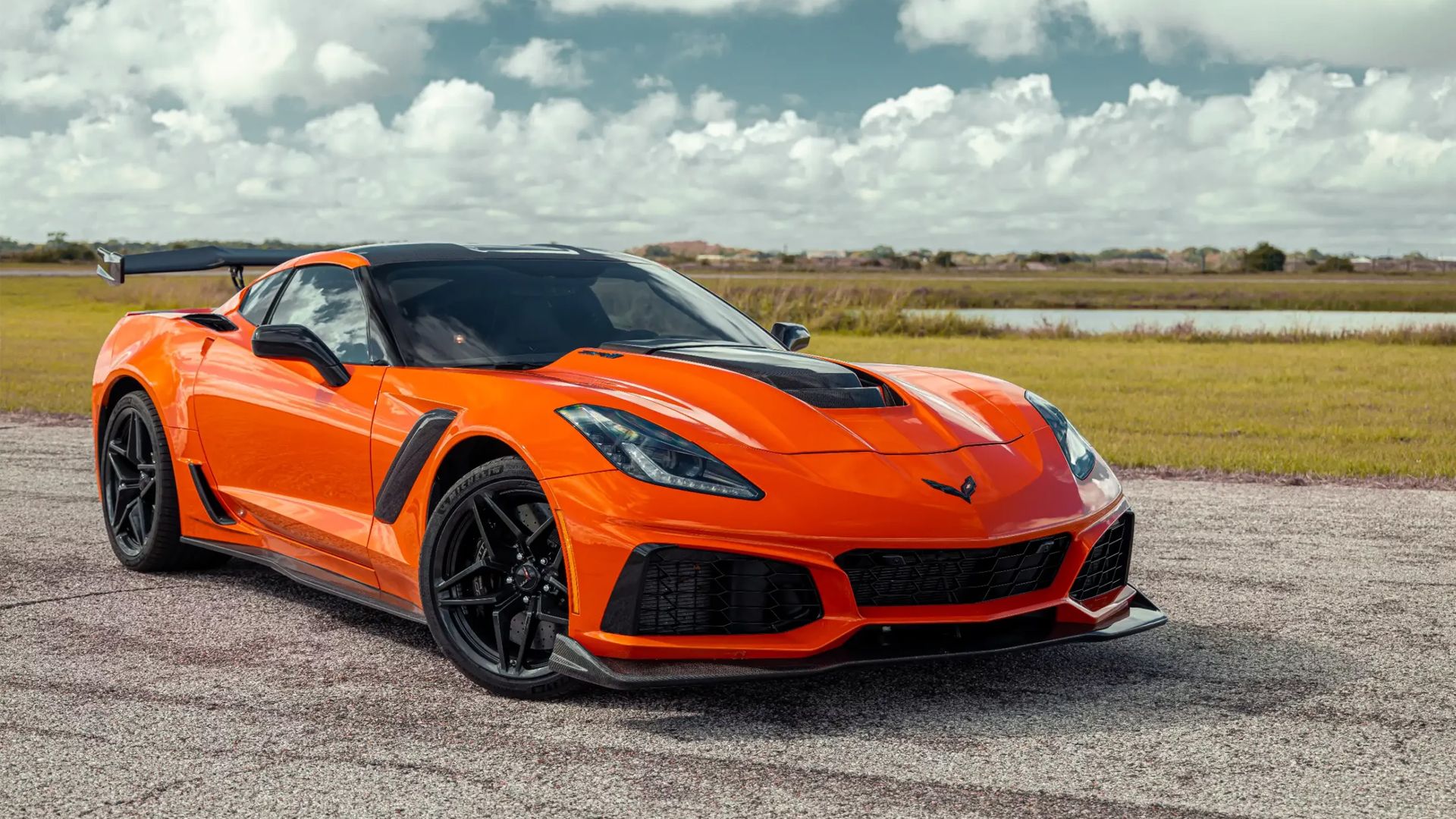
Chevrolet has produced some fantastic Corvettes in its 70-year existence. But, Chevy has had to sometimes show its European rivals who is top dog on this side of the pond. That competitive spirit has led the General Motors subsidiary to produce some of the most powerful Corvettes that have added to the iconic status of the sports car. Some of these models include:
Model
Horsepower
Torque (lb-ft)
Top Speed
0 – 60 mph
2019 Chevrolet Corvette ZR1
755
715
212 mph
2.9 seconds
2009 Corvette ZR1
638
604
205 mph
3.3 seconds
1967 Corvette L88
550
470
192 mph
5.9 seconds
2002 Corvette Z06
405
400
228 mph
4.2 seconds
1991 Corvette ZR-1
380
370
176 mph
4.5 seconds
5 The Popular C3: The Best-Selling And Longest-Running Corvette
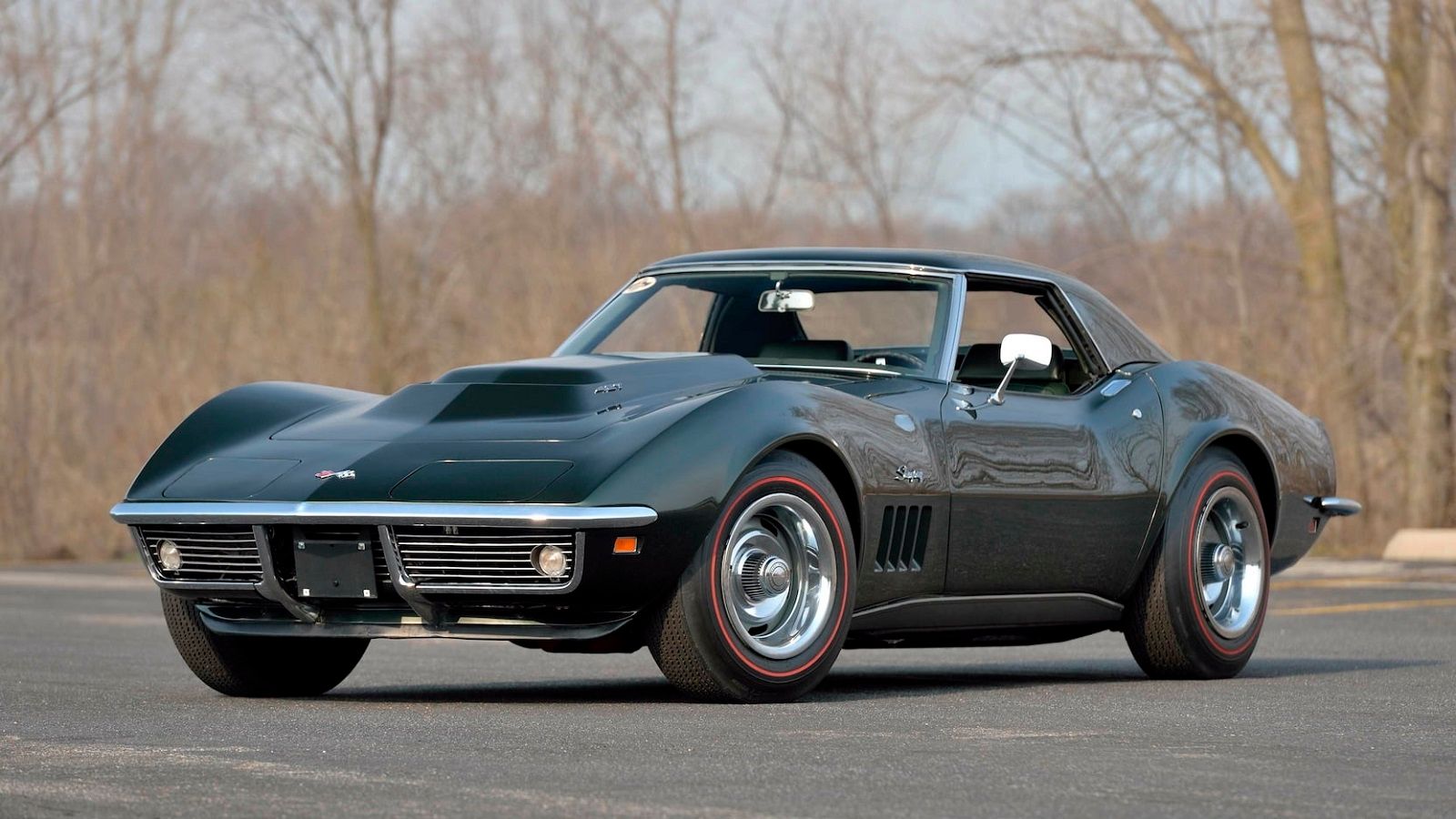
The third generation C3 Corvette wrapped up production in 1982 after 14 years. This is the longest production run of any Corvette generation. The Corvette C3’s design was heavily inspired by Larry Shinoda’s Mako popular Shark II concept design. The C3 had several engine variations and several models. Power output depended on the models, but typically varied from 200 to 350 horsepower.
By the time the C3 was released to the market, Chevy had embarked on several successful racing campaigns adding to the desirability of the models. Chevy’s partnership with the popular American professional racing competition, Indy 500, also provided the Corvette model with a lot more visibility.
The C3, therefore, became the most commercially successful model of the Corvette to date. In its production run, the C3 averaged about 30,000 units sold annually. Chevy had sold over 540,000 C3 Corvettes by the time the new generation C4 was going into production – the most sold in any Corvette generation.
4 Fifth Generation C5: Redesigning The Corvette
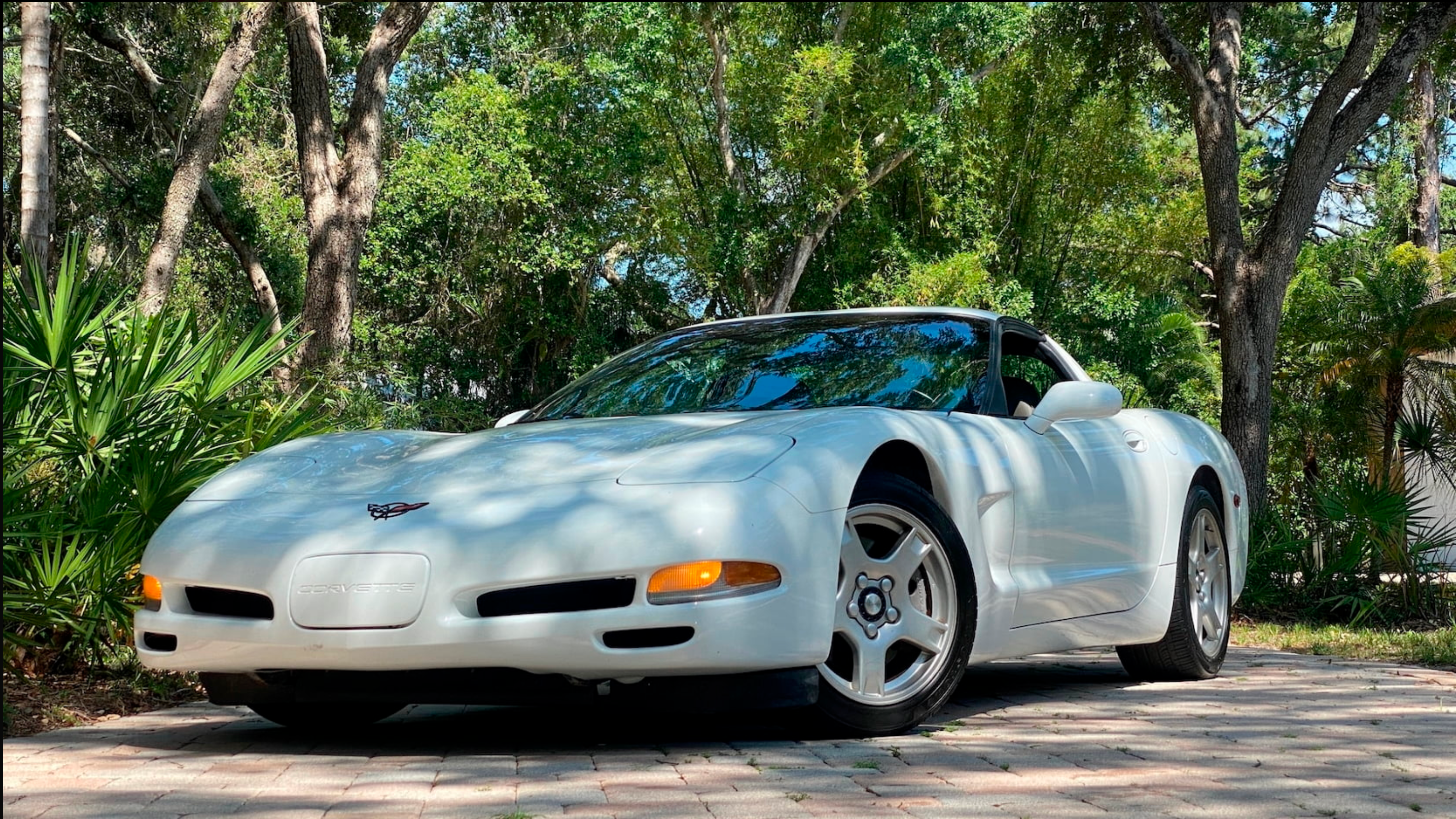
Chevy decided to do an overhaul in design and mechanics for the new generation C5 in 1996. The C5 was a completely new Corvette by the time it came to market in 1997. Some of the design cues and manufacturing breakthroughs in the C5 would be adopted by the next generation C6 and C7. Innovations in the C5 included improved aerodynamics – the C5 had a 0.29 drag coefficient. The C5 was also the first Corvette with active handling thanks to the then groundbreaking stability control from Chevy.
C5s also had a near 50/50 weight distribution, a first in the Corvette. Additionally, an all-new Gen III small block engine and the use of a lightweight composite material increased the power output of the C5 while reducing the overall weight of the sports car. The C5 had a rated power output of 345 horsepower and 350 pound-feet of torque, but the horsepower was subsequently bumped up to 350 in the later models.
Fuel Economy – The lightweight small-block engine, an improved drag coefficient, and recalibrated transmission enabled the C5 to have a better fuel consumption rating of 19 miles per gallon. This EPA rating effectively removed the sports car from the class of vehicles that were levied with a fuel consumption tax. Corvettes could now be used as daily-drivers because of the manageable fuel consumption ratings. This was also instrumental to its appeal.
Introduction Of The High-Performance Z06
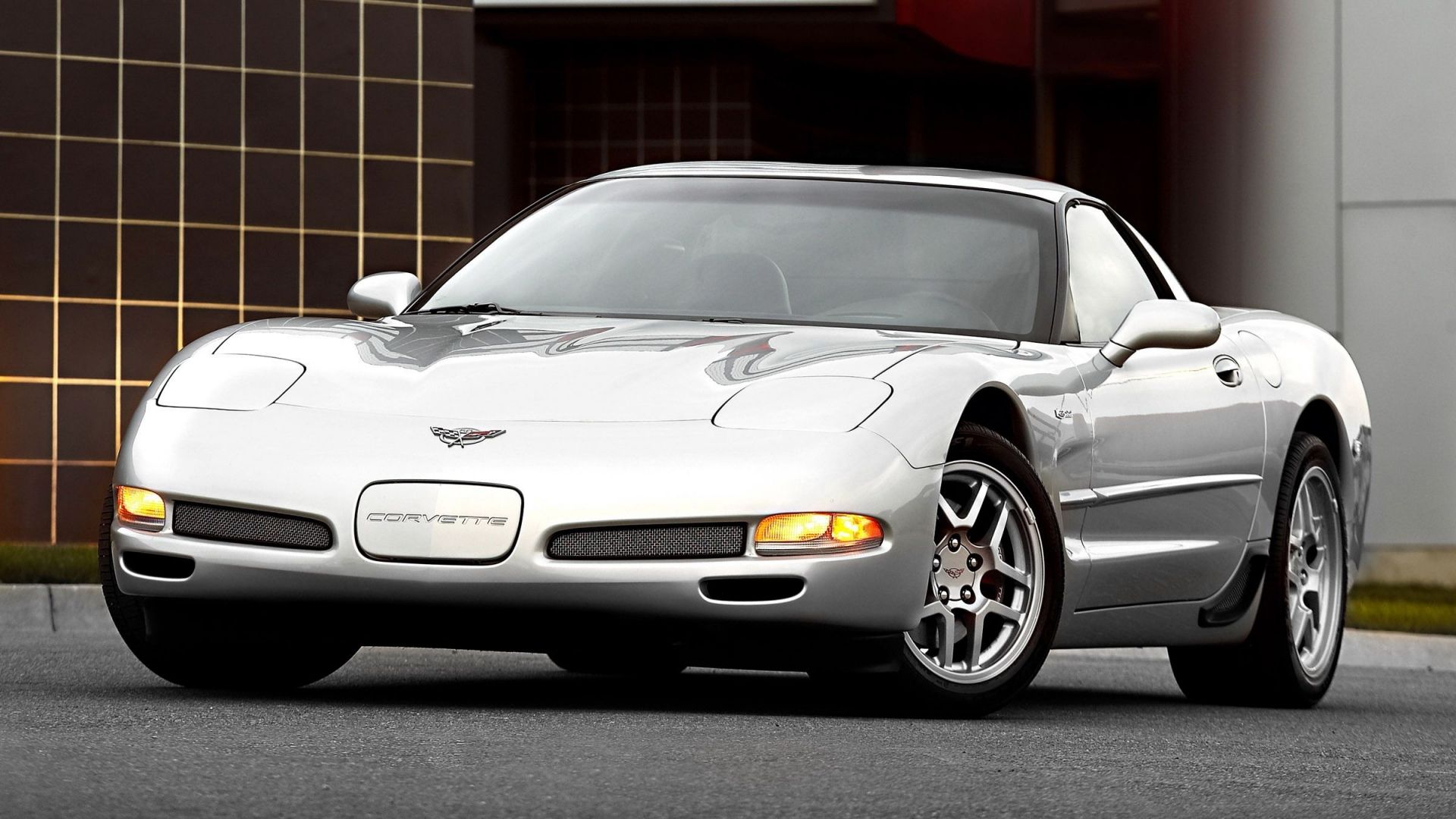
The Z06 debuted in 2001 as the successor of the C4 ZR-1. Chevy upgraded the Z06 with stiffer suspension, larger wheels and tires, revised gearing ratios, and functional brake cooling ducts. Chevy additionally saved weight in the Z06 by fitting a titanium exhaust system, thinner glass, lighter wheels, non-EMT tires, reduced soundproofing, fixed rear radio aerial, and a lighter battery.
All these performance improvements made the Z06 considerably lighter than the standard C5. The 2002 Z06 had an improved power output of 405 horsepower. This output was comparable to the later models of the ZR-1 it was replacing, but the Z06 outperformed the ZR-1in handling, acceleration, braking, and cornering stability. The Z06 was better in every performance category apart from top speed.
3 Chevy’s Decision For A Mid-Engine Corvette

Chevrolet literally ripped apart the sports car rule book with its decision to change the Corvette C8 from a front engine to a mid-engine sports car. This was quite a risky move that went against its own design traditions. But, the risk Chevy has taken with the Corvette seems to have worked because critics and car enthusiasts often give positive reviews of the mid-engine mounted C8. Mid-mounted engines have one crucial advantage; weight distribution. A sports car with good weight distribution drives and handles better.
A Top Gear review praised the Corvette for its improved handling through corners which was always a problem with American sports cars. The mid-mounted engine in the C8 Z06 is also the most powerful naturally aspirated V-8 engine in the world. All that power and improved handling make the C8 iconic. Being the first ever mid-mounted engine sports car for Chevy, the C8 is bound to achieve legendary status.
2 Automotive Awards and Accolades
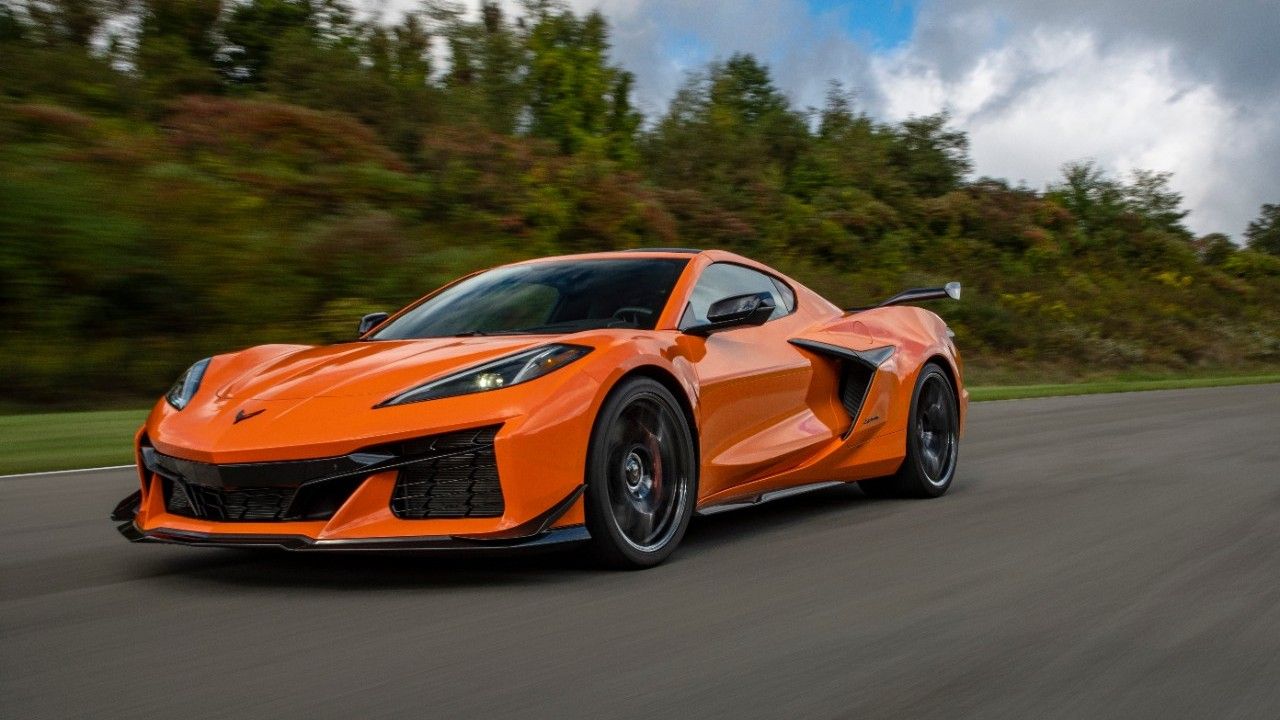
The success of the Corvette has come with numerous awards from automotive magazine publications and as well as professional organizations. Below is a list of some of the notable awards and accolades.
Car and Driverreaders selected the Corvette as its“Best all-around car” nine out of eleven yearsin Car and Driver’s Reader’s Choice Polls including 1971, 1972, 1973, 1974, and 1975.
Car and Drivermagazine also selected the Corvette for its annual Ten Best list sixteen times: the C4 from 1985 through 1989, the C5 in 1998, 1999, and 2002 through 2004, the C6 from 2005 through 2009, and the C7 in 2014.
Automobile Magazineranked the 1963–1967 Sting Ray no.1 on their“100 Coolest Cars” list,above the Dodge Viper GTS, the Porsche 911, and othersIn 2013, Automobile Magazine selected the Corvette C7 as its “Automobile of the Year.
Society of Automotive Engineerspublication Automotive Engineering International selected the 1999 Corvette Convertible, (along with the Mercedes-Benz S500) “Best Engineered Car of the 20th century”
U.S. News & World Reportselected the 2010 Corvette as the“Best Luxury Sports Car for the Money”.
Edmunds.com,in its“100 Best Cars Of All Time” list,ranked the 1963 Corvette Stingray as the 16th best car ever produced worldwide. The 1990 ZR1 took #50, the 1955 Corvette V8 took #72, and the 2009 ZR1 took #78 overall.
1 Chevy’s Commitment To Maintain The Corvette As A True Sports Car
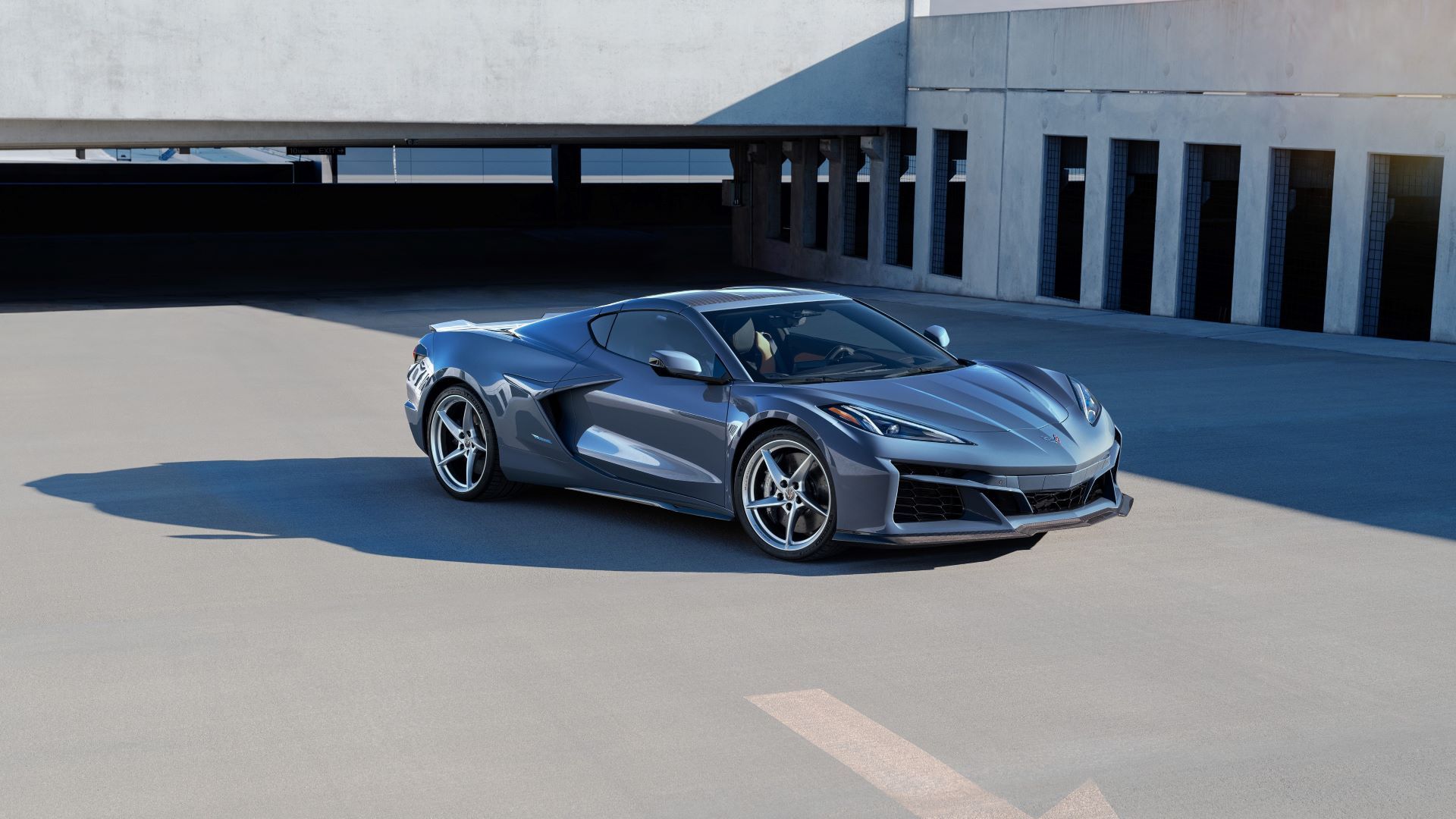
The sales numbers speak for themselves. Sports car enthusiasts simply can’t enough of the Corvette. Chevy has made some bold moves recently in order to keep the Corvette ‘pure’, and not compromise on the driving experience. The first one was keeping the naturally aspirated V-8 engine alive – no turbochargers that have to spool up before delivering the power, no hybrid systems that can’t be utilized when the battery is dead; just raw unadulterated power from a V-8 that sings when you rev it. It’s important to note that the last time an automaker bolted a naturally aspirated V-8 in a new sports car was back in 2009 in the Ferrari 458.
The thrill of taming all those horses with a steering wheel and paddle shifters is what Chevy is trying to preserve in its flagship sports car. Mounting the V-8 behind the driver was also a great decision that improved the Corvette’s handling. Chevrolet is already looking ahead with the preview of the Corvette E-Ray. This is the hybrid version of the Corvette. It is essentially a C8 that has added more power by incorporating an electric motor that drives the front wheels.
That concludes our look at the Chevy Corvette. We’ve barely just scratched the surface of what makes the Corvette such a true automotive icon. Through the generations, its sleek style, big performance and crucially affordable price, have made it Americas Sports definitive car. To find out more, watch this amazing film about the history of the Corvette by King Rose Archives.
